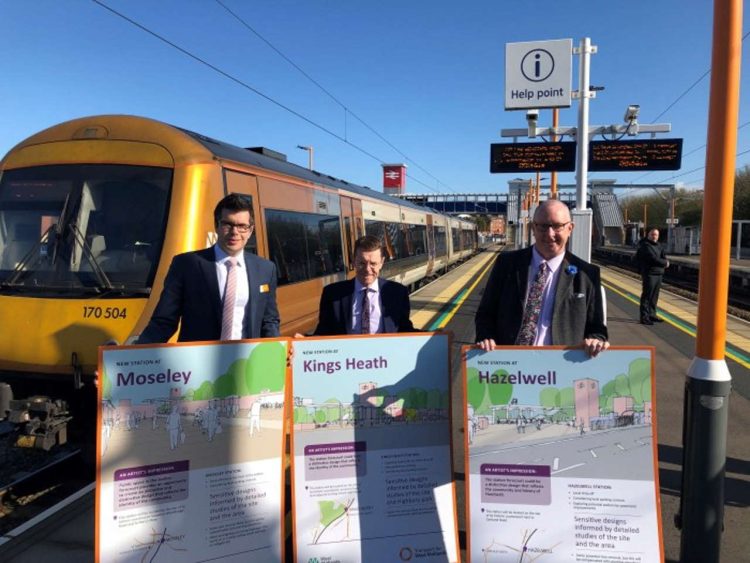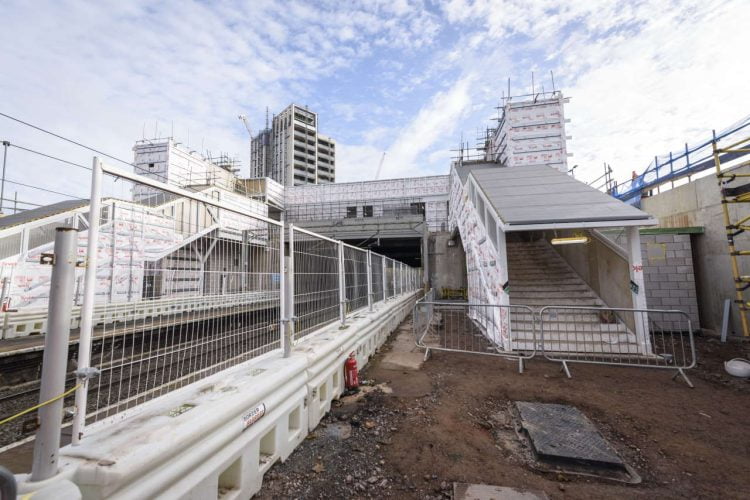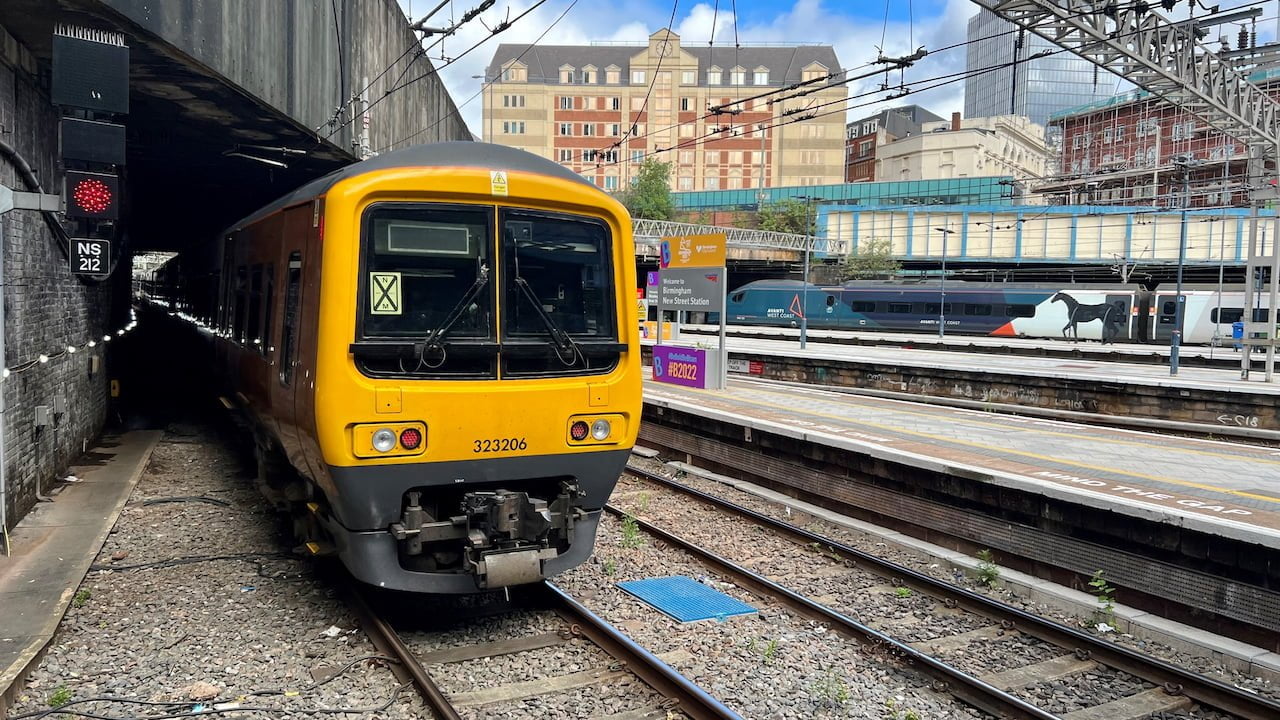The West Midlands Railway Executive has revised the West Midlands Rail Investment Strategy, which was initially published back in 2018 with the aim of boosting the benefits of HS2 for the region.
The updated version now features long-term revolutionary rail plans to support the area with a 30-year plan, including the delivery of the Midlands Rail Hub alongside proposals for new railway stations. The overall revised strategy aims to support the region’s net zero carbon aims alongside increasing rail services and adding new rail infrastructure, stations and lines.
The Strategy lays out a number of projects that are currently underway such as:
- Three new stations on Birmingham’s Camp Hill Line
- Two new stations on the Walsall to Wolverhampton Line
- Redevelopment of stations including Coventry, Wolverhampton, University and Perry Barr
- Planning for a station at Aldridge

The revised strategy saw the West Midlands Rail Executive undertake a substantial consultation into the previous version, taking into account the vast work that has been underway since 2018 as well as the effects of the pandemic, which have altered travel patterns across the country.
The updated Rail Investment Strategy lays out a well-reasoned approach which will realise improvements and developments for the region’s rail network for the mid to long term, including:
- Further line electrification across the network in order to remove diesel trains
- Additional capacity created through the Midlands Rail Hub supporting more services for the area, including the Sutton Park Line
- Spare line capacity could be utilised on the West Coast Mainline to move London to Birmingham passengers to HS2 alongside improving local and regional rail services between Birmingham and Rugby
- Creation of a train service between Burton and Lichfield, which calls at Alrewas
- Plans for the future also includes a new railway line between Walsall and Lichfield and through Central Birmingham

Over 330 responses were used from the consultation and feedback process in order to create the revised Strategy with areas covered including improved integration with alternate transport modes, improved accessibility for the rail network, more efficient ticketing and supporting the aim to electrify all lines
The key objectives of the revised strategy are as follows:
- Support the recovery from Covid-19
- Contribute to net zero
- Deliver Midlands Rail Hub
- Maximise the benefits of HS2 to the West Midlands
- Develop high-growth corridors whilst reducing social deprivation and levelling up
- Maximise access to the rail network
- Support the movement of goods by rail
- Consider radical change in the long-term
Andy Street, Mayor of the West Midlands and WMRE Chair, said:
“Rail has an absolutely central role to play in our region’s success. New rail links and stations generate jobs for local people and prosperity for local communities. At the same time – by providing a sustainable car alternative – rail helps us to tackle the climate emergency and meet our #WM2041 net zero commitment.”
“Since the first strategy was published five years ago, we’ve made tangible progress – drawing in more than £200 million in funding for new and redeveloped stations.”
“Alongside our own substantial programme of investment, it’s vital for the West Midlands that both HS2 and the Midlands Rail Hub are completed – providing the much needed extra capacity required to improve services for residents right across our region and give them a rail network that is truly fit for the future.”
Cllr Peter Butlin, WMRE’s accountable director for rail infrastructure investment, said:
“An enhanced, fit-for-purpose rail network doesn’t just benefit the major cities, it helps spread investment and improve the quality of life across the entire wider region from Shropshire and Staffordshire to West Northamptonshire and Warwickshire.”
“Our regional rail network must have the future capacity and capability required to meet future demand for travel and provide access to employment, education, healthcare and leisure opportunities for all of our citizens.”
To read the revised strategy, please click here.





Responses